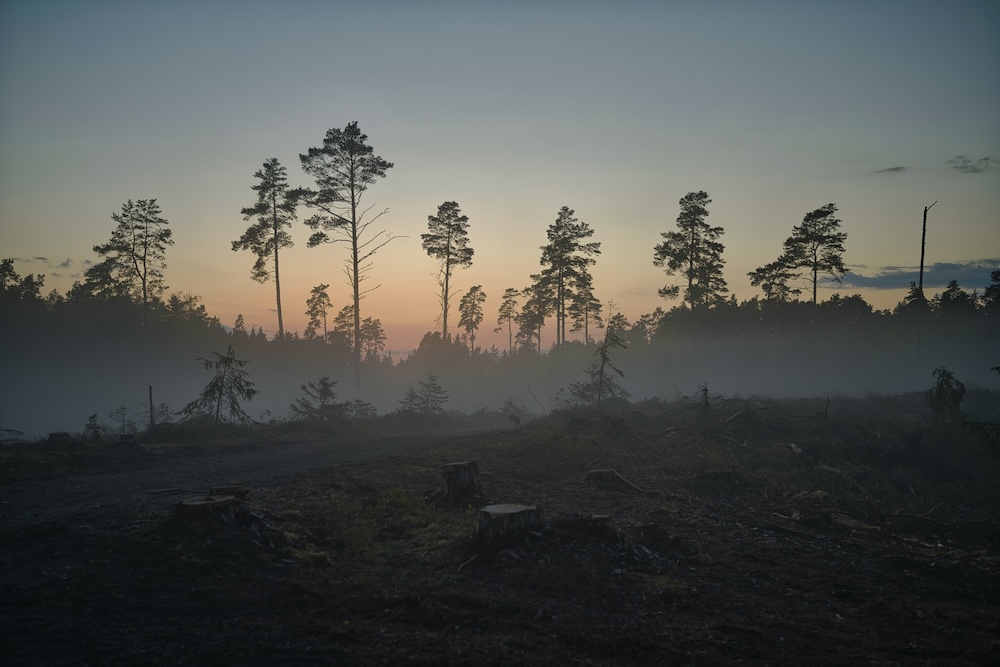Nick Morris considers how neighbourhoods could be made more child-friendly:
Parents and grandparents in Wales think that children today have less freedom than they themselves had as children, according to an IWA study for BBC Cymru Wales. Not only was this sentiment strongly expressed among the adults the IWA spoke to, but it was also repeatedly raised without prompting and widely shared among two generations of parents.
As a father in north-east Wales said:
“Today’s children have lost their freedom. When I was growing up we had the opportunity to go out and find our own things and learn things ourselves but today parents keep them in sight and they don’t get the chance to learn for themselves.”
A mother in one of the south Wales valleys described the feelings of a number of parents and grandparents very well:
“In my opinion I don’t think it’s safe, you know, to go out and play.”
The subject of risk seemed to run throughout discussions about play and freedom. They resonated particularly strongly with all generations who took part in the IWA’s snapshot study. Parents and grandparents in particular were aware of their responsibility to balance the children’s risk and freedom.
And while ‘stranger danger’ was cited as one concern, there were also strongly expressed feelings that somehow media coverage of children’s welfare in the public sphere was exaggerating the extent of the danger and causing fear out of proportion to the risk. One mother said:
“Today we have to bear the pain of the world, you know. Our parents, it was just the people they knew, but now it’s everything: one disaster after another. Every child and we have to take all that on-board and in a way that makes it very difficult to feel safe.”
At an every day level streets seem designed all too often for the convenience of car use. Mark Page, a lecturer at the Institute for Transport Studies at Leeds University, noted this when speaking to the BBC:
“If you look around at pedestrian crossings here and in other cities in the UK, crossing times are not generous. Often where those pedestrian crossings are is where there’s the greatest amount of vehicle traffic.”
The era in which nearly all children can freely play in the roads around their homes has gone. Yet, this does not mean that children’s freedom to play has been lost forever. With this newer world we will need new designs to create an urban environment in which children can play more freely and safely.
If a child’s freedom to play and to develop can be curtailed by the physical environments in which he or she lives then town and street planners are, therefore, public health officers of a kind. Their designs can influence the way children play and so how children can learn to evaluate risk, the development of their social skills, their physical health and general sense of wellbeing. Crucially, as with the Victorian town planners who sought to design cities for the good of public health, the responsibility falls primarily on local authorities to ensure plans meet health requirements.
One particular obstacle to creating urban environments that allow children to play more easily is a culture of risk aversion, not just about town and highway planners but more generally in government. The UK and Assembly governments’ document, Manual for Streets (2007) says:
“Risk and liability are major concerns for some highway authorities when considering innovative designs. However, such designs can achieve high levels of safety. Risk can be managed by designing to clearly established objectives and reviewing the result using a quality audit.”
Exemplar developments are crucial. Once the public and planners can see designs executed and working effectively, then a new culture of risk management can be created to replace risk aversion. Because a culture is created by the daily decisions taken by many different people involved in a process then it is perfectly possible to change that culture through influencing those daily decisions. Someone has to take the initiative to start to create a new culture, but they do have the backing of the UK and Assembly governments if they meet the guidelines described in Manual for Streets.
It seems rather ironic that in trying to encourage children to learn how to evaluate risk by ‘just going and out and playing’, we have to first adapt our own approaches to risk to make neighbourhoods and streets fit for this purpose.




